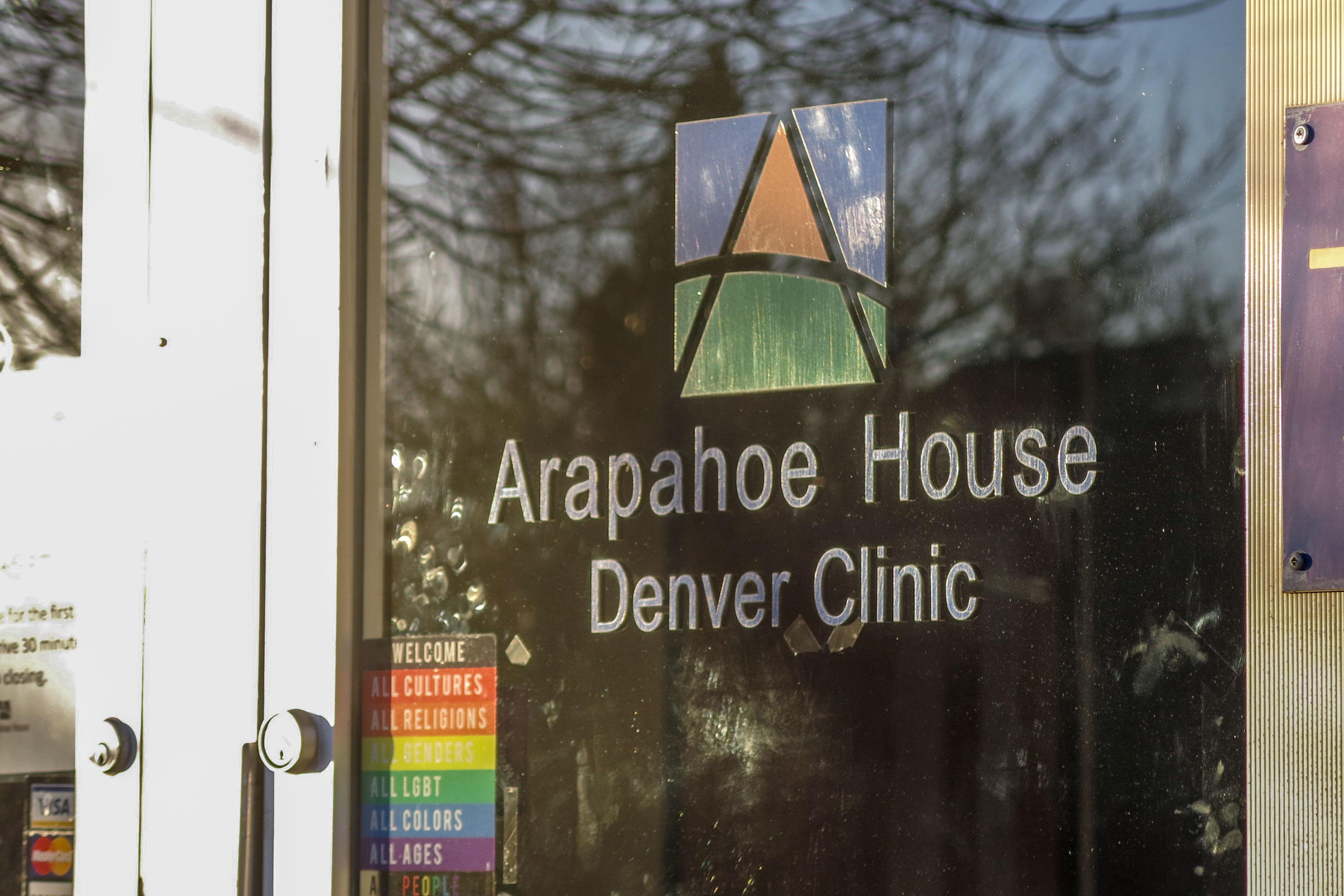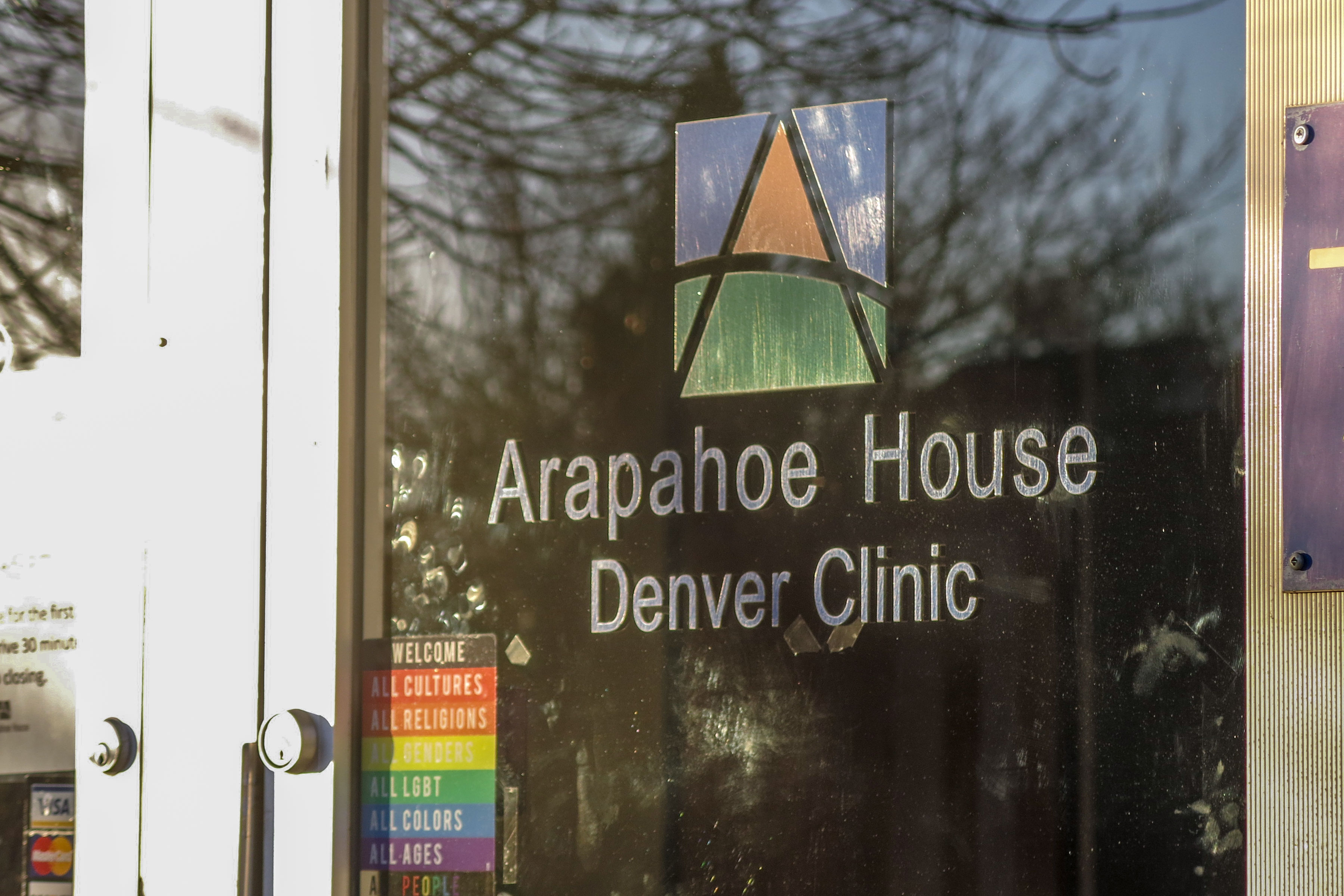

On the front lines of Colorado’s battle with addiction, 2018 rang in with an ominous note. Arapahoe House, the state’s largest substance use disorder treatment provider, closed with just a two-week notice.
Other treatment centers, like the Denver Recovery Group, had no heads up and began preparing for new patients and weighing the fallout.
“I think it’s a confusing time for a lot of us that have relied on Arapahoe House for years,” said Denise Vincioni, the DRG’s executive director.
The Denver Recovery Group helps people with an opiate addiction through outpatient services and prescription medication, like methadone or suboxone. For those needing a higher level of care, this facility isn’t enough. “We have no idea what they’re going to do now,” Vincioni said.
For more than four decades, Arapahoe House provided an array of treatment services to about 5000 people a year, meeting a key community niche. Most clients received safety net services, like Medicaid. Vincioni said Arapahoe House offered critical assistance: inpatient residential treatment and rehab, including for pregnant women.
The timing could hardly be worse. The opioid crisis is raging: 300 Coloradans died in 2016 from an opioid overdose; 228 from heroin. Treatment, at places like the Denver Recovery Group, is key to fighting that.
In the center’s lobby of a brick building on East Colfax, Denver resident Autumn Haggard-Wolfe sits with her 8-year-old Dustin. She was a two-time Arapahoe House patient, and is now in recovery. Haggard-Wolfe wonders where she’d turn if she needed residential care again.
“I don't have that option now, I don't know where to go now,” she said.
Haggard-Wolfe, 31, lives in the RINO neighborhood and is looking to start her own thrift shop business. Her trouble started with back surgery to treat a bad disc caused by scoliosis. Prescription pain medication eventually lead to heroin, she said. Treatment is hard to find, especially if you don’t have money, but she got the help she needed and is doing better.

“Some people need that,” she said. “I feel like the only other option right now in therapy would be jail for people and people die in there from withdrawing.”
The closing of Arapahoe House will have dire consequences, worried Haggard-Wolfe.
“We're probably going to see, probably, I would say, more deaths.”
Denise Vincioni, of the The Denver Recovery Group, also lamented the loss of such a large provider and echoed Haggard-Wolfe’s words: “You don't have treatment, people are going to die.”
The urgency of the situation is not lost on other treatment community leaders, like Daniel Darting, the CEO of Signal Behavioral Health Network, which manages treatment services throughout the Denver area. Darting was blindsided by the move and didn’t realize the center’s financial situation was so dire.
“Speaking honestly, I mean, we've had a long association with them as an organization and it's stunning,” he said.

Before closing Jan. 2, Arapahoe House declined numerous requests for an interview, instead referring CPR News to a statement on its website. In it, Arapahoe House CEO Mike Butler blamed the high cost of care, and poor government reimbursement for services for its shutdown.
“Without Arapahoe House, there are precious few places for these individuals to go,” the statement read. “Despite a widespread and growing opioid crisis in Colorado and nationwide, state and federal funding for addiction treatment remains inadequate.”
Daniel Darting of Signal Behavioral Health Network said other providers are stepping up, taking on Arapahoe House’s former patients. He hopes the sudden shock will lead to a better system, less reliant on one big provider.
“Better options for people, more providers who we’ll be working with as a result of this,” Darting said. “And that gives consumers better or more choices I should say.”
Robert Werthwein, director of the Office of Behavioral Health of the Colorado Department of Human Services, said the demand for treatment is daunting and will “always be greater than the number of services available.” He agreed with Darting that in the long run Colorado’s system will benefit from having a diversity of providers, so that “not any one single provider holds all the cards.”
The immediate concern has been finding new treatment services for Arapahoe House’s former patients.
“We want to make sure that clients maintain their services and quite honestly, two weeks is a very quick timeline for folks that we were living in residential programs,” Werthwein said.
Robert Valuck, who leads a state consortium on prescription drug abuse prevention, said the number one urgent need “is to keep people alive and to get them into treatment.”
State Rep. Brittany Pettersen, a Democrat from Lakewood, noted that addiction treatment has been chronically underfunded for years. Her mother battled addiction, and was treated at Arapahoe House. Pettersen said at least 80 percent of people who want treatment can’t get it; the figures are even worse for Medicaid enrollees.
“We have a huge gap in Colorado and that was before Arapahoe House closed,” Pettersen said.
She’s pushing for a package of new laws during the 2018 legislative session to combat the epidemic. One bill would remove hurdles to payment for treatment, especially from insurance companies. It would also expand Medicaid coverage for residential treatment programs. Bottom line though, Pettersen said the state still needs more facilities and they can’t open soon enough.
“It's going to take a lot to climb out of where we are.”
That grim reality, she fears, will show up in clear view when Colorado releases their next update for statewide drug death numbers.









